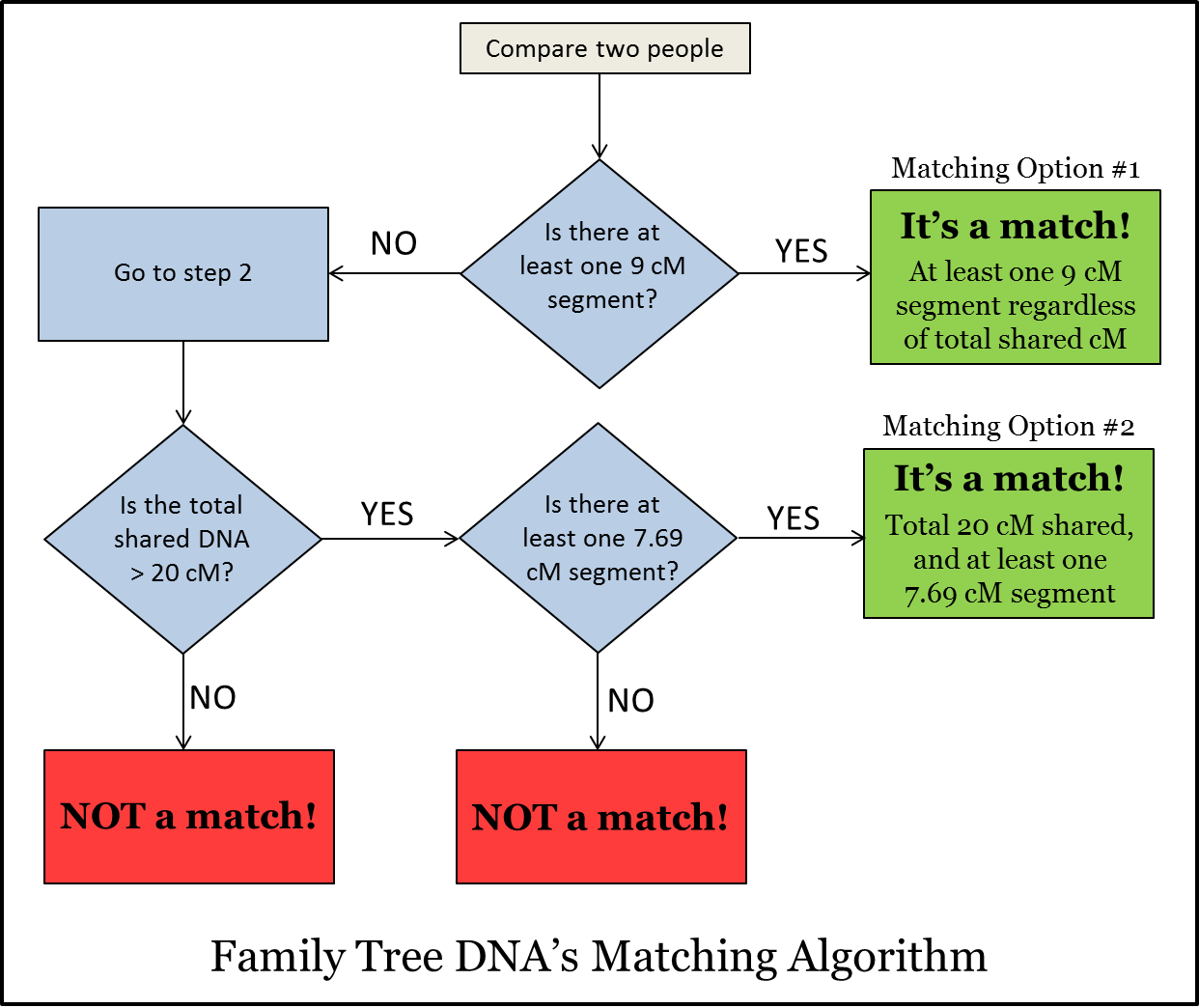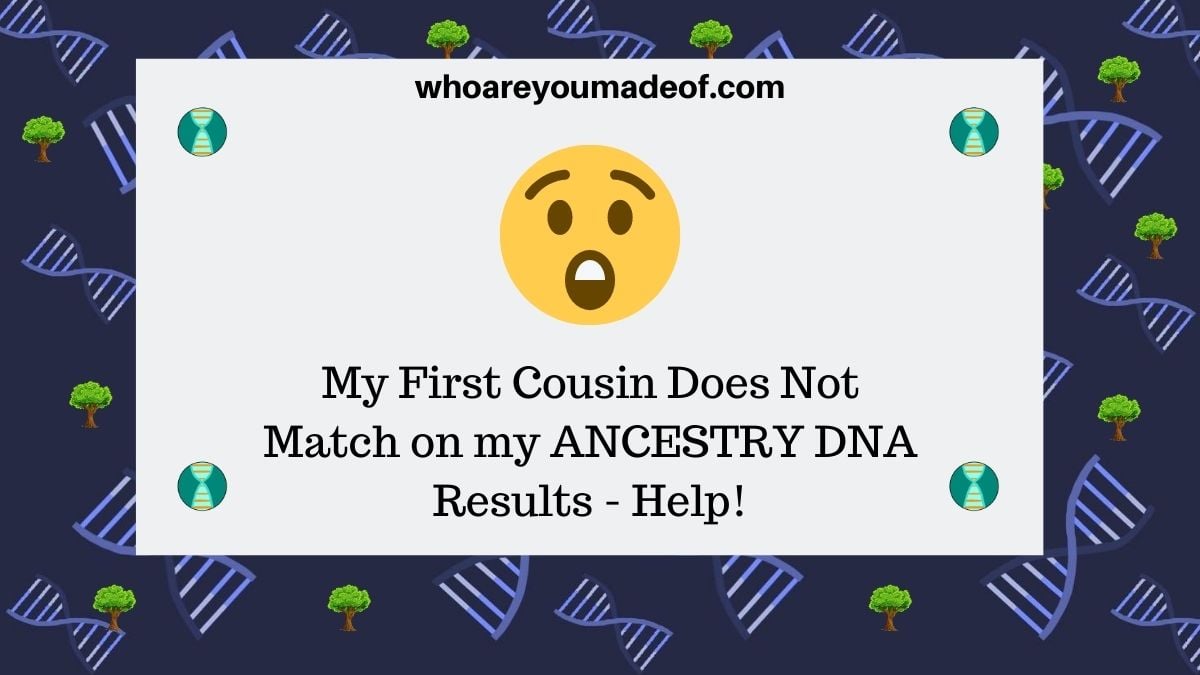



Let’s start by remembering what we’re dealing with here. Enough to warrant breaking with The Legal Genealogist‘s usual Sunday-for-DNA rule to comment today. And, as usual, there’s good news and bad news in the changes. These single strands serve as templates for building two new, double-stranded DNA molecules - each a replica of the original DNA molecule.So yesterday was the rollout of the changes in matching systems for folks who’ve had DNA tests at AncestryDNA. When a cell prepares to divide, the DNA helix splits down the middle and becomes two single strands. This template strand is then transcribed into mRNA, which is a molecule that conveys vital instructions to the cell's protein-making machinery.ĭNA's unique structure enables the molecule to copy itself during cell division. In addition, when proteins are being made, the double helix unwinds to allow a single strand of DNA to serve as a template. In this process, an A base is added wherever there is a T, a C where there is a G, and so on until all of the bases once again have partners. These single strands serve as templates for building two new, double-stranded DNA molecules - each a replica of the original DNA molecule. So, if you know the sequence of the bases on one strand of a DNA double helix, it is a simple matter to figure out the sequence of bases on the other strand.ĭNA's unique structure enables the molecule to copy itself during cell division. Because of the highly specific nature of this type of chemical pairing, base A always pairs with base T, and likewise C with G. Each "rung" of the ladder is made up of two nitrogen bases, paired together by hydrogen bonds.

To understand DNA's double helix from a chemical standpoint, picture the sides of the ladder as strands of alternating sugar and phosphate groups - strands that run in opposite directions. This shape - which looks much like a twisted ladder - gives DNA the power to pass along biological instructions with great precision. Scientist use the term "double helix" to describe DNA's winding, two-stranded chemical structure. Watson’s opinions on these topics are unsupported by science and are counter to the mission and values of NHGRI. Watson’s career was also punctuated by a number of offensive and scientifically erroneous comments about his beliefs on race, nationalities, homosexuality, gender, and other societal topics. * James Watson was the first NHGRI Director and appears here as part of our history collection. By studying X-ray diffraction patterns and building models, the scientists figured out the double helix structure of DNA - a structure that enables it to carry biological information from one generation to the next. The importance of DNA became clear in 1953 thanks to the work of James Watson*, Francis Crick, Maurice Wilkins and Rosalind Franklin. Instead, they argued that proteins were more likely to carry out this vital function because of their greater complexity and wider variety of forms. Most thought that DNA was too simple a molecule to play such a critical role. But nearly a century passed from that discovery until researchers unraveled the structure of the DNA molecule and realized its central importance to biology.įor many years, scientists debated which molecule carried life's biological instructions. The Swiss biochemist Frederich Miescher first observed DNA in the late 1800s. This occurs because only egg cells, and not sperm cells, keep their mitochondria during fertilization. However, organisms inherit all of their mitochondrial DNA from the female parent. In sexual reproduction, organisms inherit half of their nuclear DNA from the male parent and half from the female parent. Mitochondria generate the energy the cell needs to function properly. An organism's complete set of nuclear DNA is called its genome.īesides the DNA located in the nucleus, humans and other complex organisms also have a small amount of DNA in cell structures known as mitochondria. Researchers refer to DNA found in the cell's nucleus as nuclear DNA. But during cell division, DNA is in its compact chromosome form to enable transfer to new cells. At other times in the cell cycle, DNA also unwinds so that its instructions can be used to make proteins and for other biological processes. This packaged form of the DNA is called a chromosome.ĭuring DNA replication, DNA unwinds so it can be copied. Because the cell is very small, and because organisms have many DNA molecules per cell, each DNA molecule must be tightly packaged. In organisms called eukaryotes, DNA is found inside a special area of the cell called the nucleus.


 0 kommentar(er)
0 kommentar(er)
